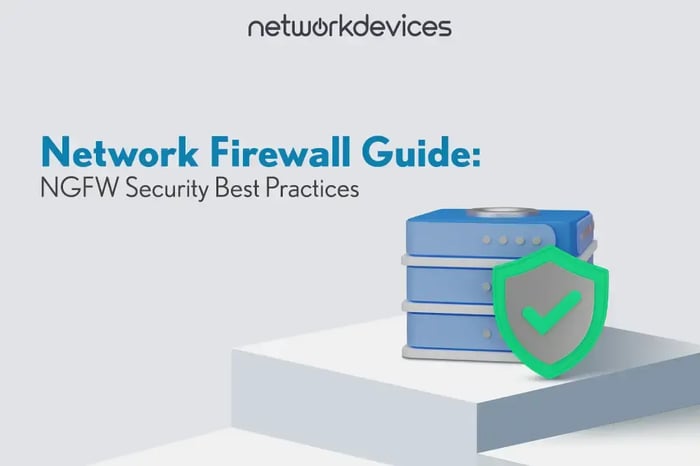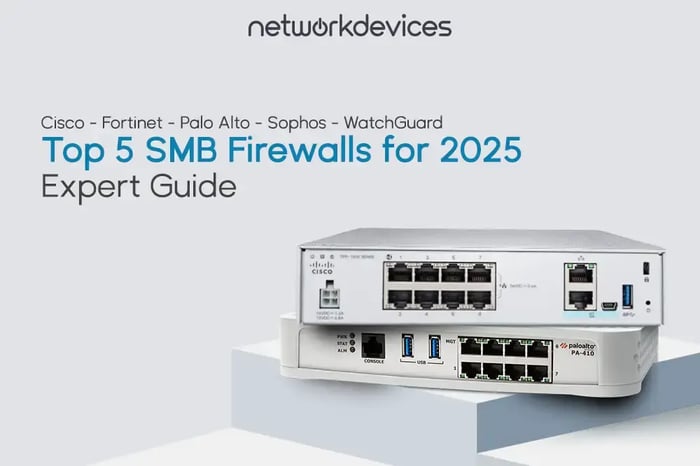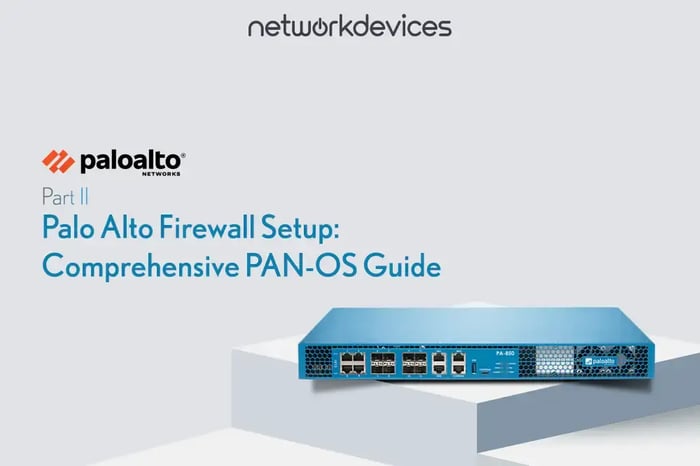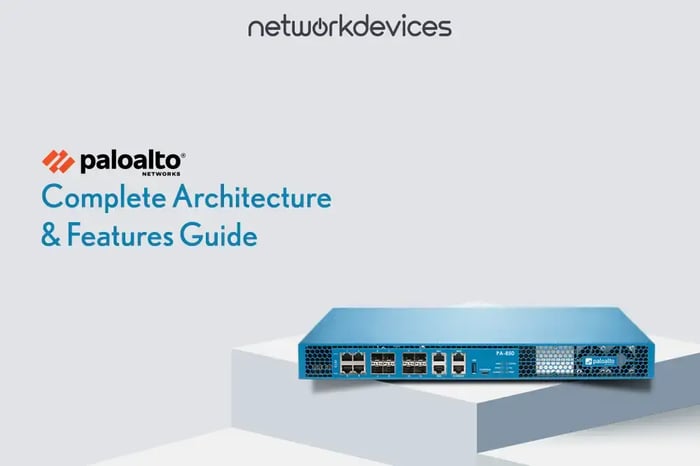You have no items in your shopping cart.

Network Firewall Guide: NGFW Security Best Practices
Welcome to our comprehensive 2025 guide on Next-Generation Firewalls (NGFWs), designed to help IT leaders and CISOs navigate evolving cyber threats. In this article, we'll explore core NGFW features, implementation strategies, and proven best practices to enhance your organization's security posture.
Understanding Modern Network Threats
In today's fast-paced digital environment, organizations face increasingly sophisticated cyber-attacks that traditional firewalls struggle to combat.
The threat landscape has grown more complex, with traditional perimeter defenses proving insufficient against modern attack vectors.
Advanced Threat Landscape Analysis
According to Miercom's research, over 60% of security breaches involved sophisticated attack methods that traditional firewalls failed to prevent. Modern networks face:
- Advanced Persistent Threats (APTs)
- Sophisticated ransomware attacks
- Complex data breaches
- Zero-day exploits
NGFW Core Features & Capabilities
Next-generation firewalls (NGFWs) are designed to provide deeper visibility and control over network traffic. Unlike traditional firewalls, which primarily focus on packet filtering and blocking traffic based on IP addresses and ports, NGFWs combine multiple layers of security to detect and prevent modern cyber threats.
Here's how NGFWs transform network security:
Traditional vs. Next-Generation Firewall Comparison
| Security Feature | Traditional Firewall | NGFW |
| Traffic Analysis | Basic packet filtering | Deep Packet Inspection (DPI) |
| Application Control | Port-based only | Comprehensive application awareness |
| Threat Intelligence | Limited | Real-time integrated analysis |
| Response Capability | Manual intervention | Automated threat response |
Deep Packet Inspection (DPI)
- Advanced content inspection
- Malicious payload detection
- Protocol analysis
- Threat pattern recognition
Application Awareness and Control
NGFWs provide granular visibility into:
- Application behavior monitoring
- User activity analysis
- Traffic pattern management
- Security policy enforcement
Advanced Malware Prevention
Gartner's analysis shows NGFWs can stop over 90% of malware-related attacks through:
- Signature-based detection
- Behavioral analysis
- Lateral movement prevention
- Real-time threat blocking
Implementation Strategy
IT Manager's Implementation Roadmap
Infrastructure Planning
- Network architecture assessment
- Scalability evaluation
- Performance baseline establishment
- Compatibility verification
Operational Integration
- Minimal-disruption deployment
- Interface optimization
- Staff training programs
Security Integration
- SIEM system integration
- Endpoint protection coordination
- Automation implementation
ROI and Cost Effectiveness
According to Gartner, organizations implementing NGFWs achieve:
- Up to 40% reduction in incident response costs
- Enhanced threat detection efficiency
- Improved security posture
- Faster threat response times
Strategic Planning for CISOs
Security Strategy Essentials
- Risk assessment completion
- Policy framework alignment
- Compliance verification
- Incident response integration
- Team education planning
- Vendor relationship management
Implementation Timeline
1. Pre-deployment assessment
2. Policy development
3. Team training
4. Phased deployment
5. Performance monitoring
6. Continuous optimization
Best Practices & Optimization
Maintenance Protocol
- Regular firmware updates
- Threat intelligence optimization
- Configuration refinement
- Performance tuning
Team Collaboration
- Security team coordination
- Regular performance reviews
- Threat response planning
- Knowledge sharing
Advanced FAQs
What key features distinguish NGFWs from traditional firewalls?
NGFWs provide comprehensive security through:
- Deep Packet Inspection (DPI)
- Application awareness and control
- Integrated threat intelligence
- Automated response capabilities
How effective are NGFWs at preventing malware attacks?
According to Gartner's analysis, NGFWs achieve:
- 90% success rate in stopping malware-related attacks
- Enhanced zero-day threat protection
- Improved threat detection accuracy
What are the essential considerations for NGFW implementation?
When selecting an NGFW solution for your organization, it's crucial to evaluate vendor options and features carefully. Check our top 5 SMB firewalls for 2025 to compare leading solutions.
Key implementation factors:
- Infrastructure compatibility
- Performance optimization
- Security integration
- Staff training
- Vendor support
- Compliance requirements
Empowering IT Managers and CISOs in Network Security
As cyber threats continue to evolve, upgrading to next-generation firewalls (NGFWs) is essential for organizations to stay ahead of emerging risks. For IT Managers and CISOs, the decision to adopt NGFWs involves understanding the specific needs of their network, assessing the latest threat landscape, and aligning firewall capabilities with broader security strategies.
By focusing on advanced features like malware prevention, AI-enhanced threat detection, and deep packet inspection, NGFWs provide the robust protection that traditional firewalls lack.
Implementing NGFWs means ensuring seamless integration and continuous monitoring for IT managers. CISOs play a pivotal role in driving the security strategy, managing risks, and educating teams about best practices.
Together, they can ensure a more resilient, adaptive network infrastructure, future-proofing the organization against evolving cyber threats.
Ready to Enhance Your Network Security?
Contact our security experts for a personalized NGFW consultation and discover how to strengthen your organization's security posture.
Note: All statistics and technical specifications referenced are from Miercom and Gartner's research cited in the original analysis.






